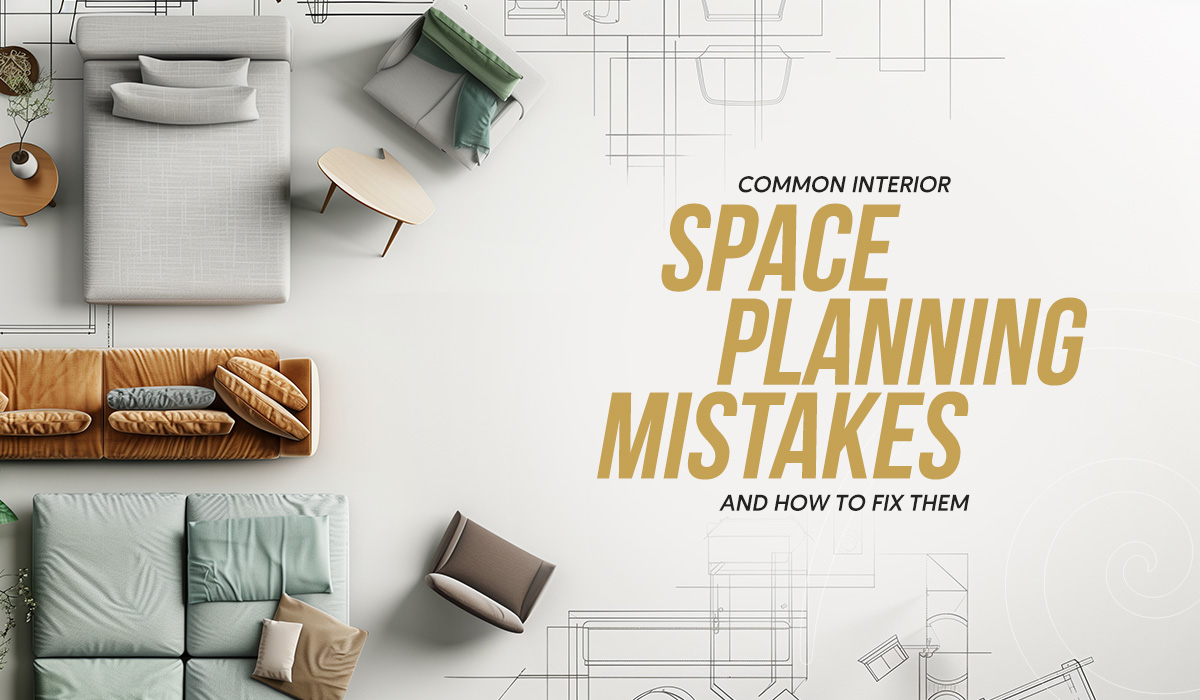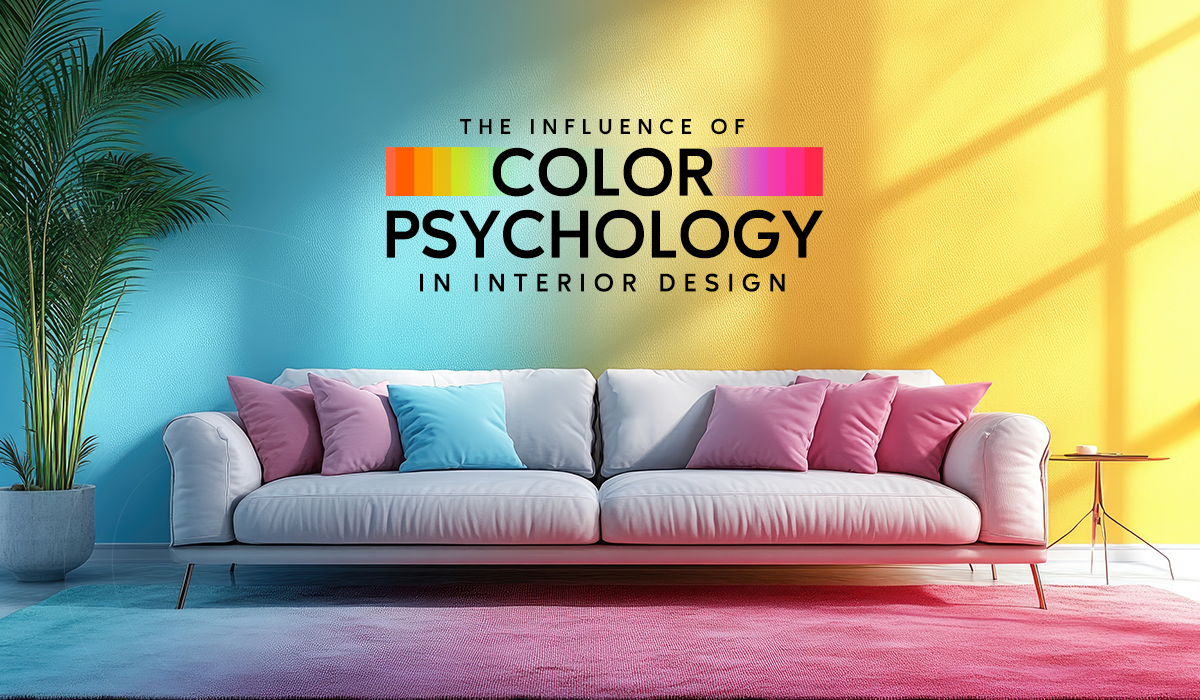Furniture design plays a pivotal role in shaping the aesthetics and functionality of interior spaces. When carefully selected and thoughtfully arranged, furniture can transform a room from a mere living space to a personalized sanctuary. In this blog, we’ll explore the significance of furniture in interior design and how designed furniture can enhance the overall appeal of any living or working environment.
1. Harmonizing with Interior Design:
Furniture serves as the backbone of interior design, providing essential elements that merge style and functionality. Well-crafted furniture pieces can complement the overall theme and colour scheme, creating a cohesive and harmonious environment. From contemporary to traditional, minimalistic to ornate, the right furniture design can set the tone for an entire room.
2. Balancing Aesthetics and Functionality:
Interior furniture should not only be visually appealing but also serve a practical purpose. When selecting furniture, striking the right balance between aesthetics and functionality is crucial. Thoughtful choices ensure that each piece not only contributes to the overall design but also serves a practical use, optimizing the available space.
3. Customizing Spaces with Designed Furniture:
Designed furniture offers a unique opportunity to infuse individuality into interior spaces. Whether it’s a statement piece that captures attention or custom-made furniture that perfectly fits a specific area, such choices add character and charm to any room. Customization allows for furniture to become an expression of personal style and taste.
4. Enhancing Visual Flow:
Furniture layout directly impacts the visual flow of a room. By thoughtfully arranging furniture, designers can guide the eye toward focal points or open up pathways, making the space feel more inviting and spacious. Additionally, furniture with clean lines and versatile designs can create a sense of continuity, providing a seamless transition between different areas within a room.
5. Mixing and Matching: The Art of Eclectic Design:
The use of different furniture styles and materials can lead to captivating eclectic designs. Skilfully blending contrasting elements, such as modern and vintage pieces, or incorporating diverse textures, can create visually stimulating spaces that reflect the homeowner’s personality and tastes.
6. Impact of Space Optimization:
In smaller living spaces, furniture takes on an even more critical role. Space-saving furniture designs and multi-functional pieces allow for efficient utilization of limited areas, enabling homeowners to make the most out of their living spaces without compromising on style.
Furniture design in interior spaces goes beyond mere functionality; it is an art that holds the power to elevate the ambiance and mood of any room. Through thoughtful selection, arrangement, and customization, furniture becomes an integral part of interior design, leaving a lasting impact on both residents and visitors. By carefully considering the interplay between furniture and interior design, one can create spaces that are not only visually appealing but also truly functional and comfortable.



